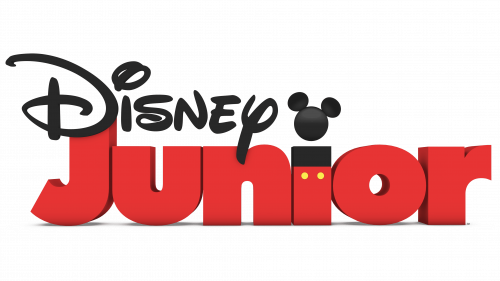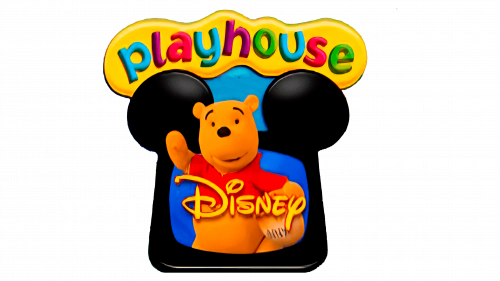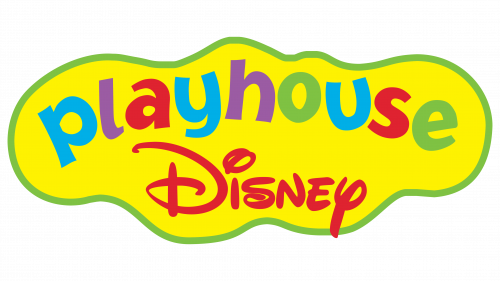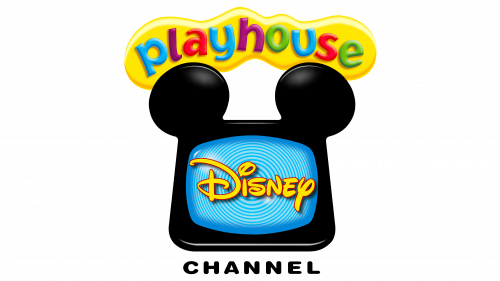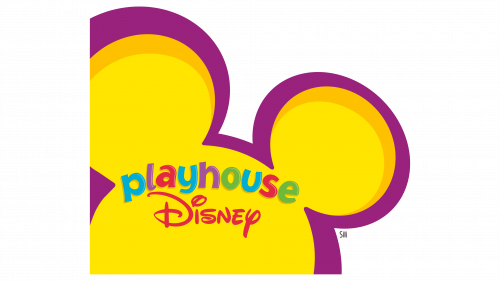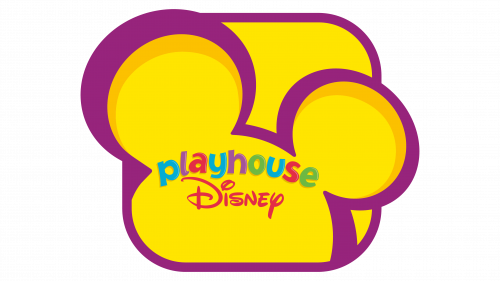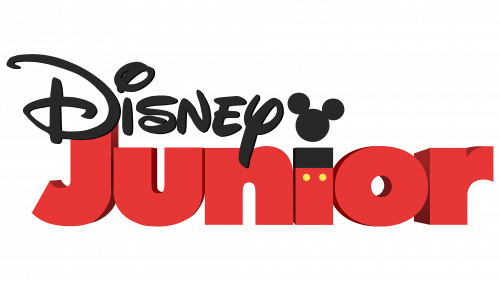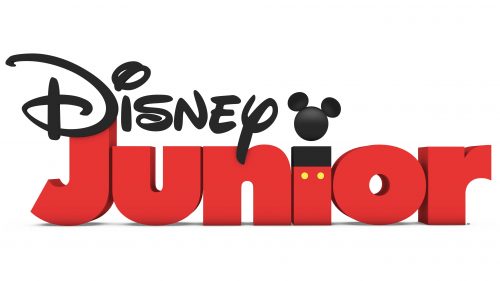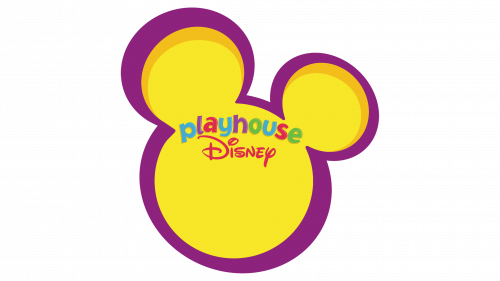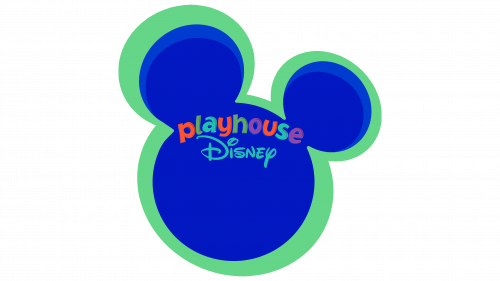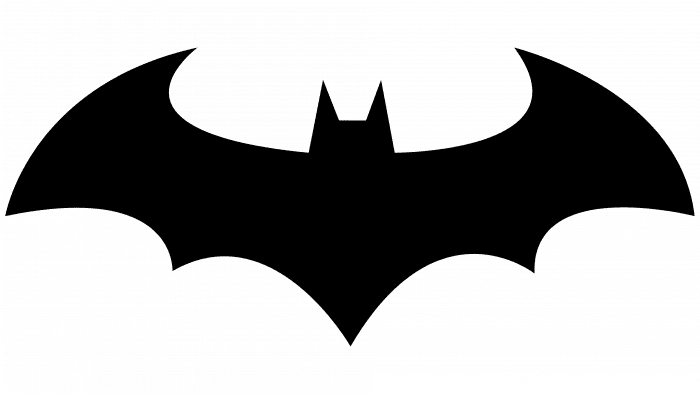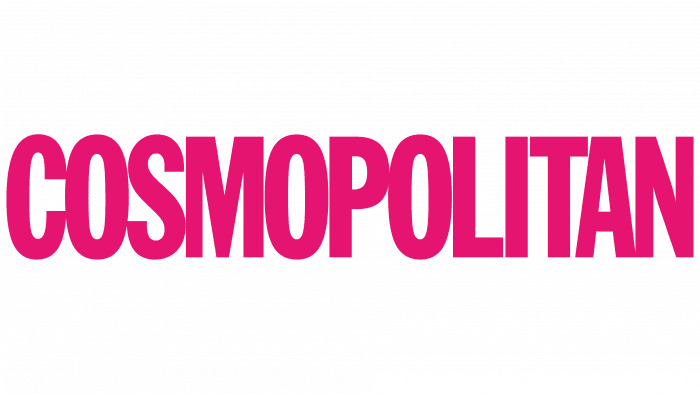The Playhouse Disney logo is like a monumental creation, its letters towering like skyscrapers before the viewer. The image of a beloved character animates the emblem, giving it a playful and friendly tone.
Playhouse Disney: Brand overview
Originally known as “Disney Channel Little Kids,” Playhouse Disney made its debut on Disney Channel as a morning programming block on October 20, 1997. It underwent a rebranding to become Playhouse Disney on February 1, 1999, emerging as a TV channel and as a programming block dedicated to preschool-aged viewers.
The channel gained popularity with shows like “Bear in the Big Blue House,” “PB&J Otter,” “Rolie Polie Olie,” “Out of the Box,” and “Stanley,” all of which focused on fostering imagination, character development, and storytelling. Targeting an audience of up to 5 years old, Playhouse Disney aimed to offer content that was both educational and entertaining.
Throughout the 2000s, the channel expanded its offerings to include a wider variety of short-form series, interstitial content, and interactive segments for its young audience. Playhouse Disney established its presence in numerous countries worldwide, becoming a well-known brand in children’s entertainment.
However, in 2011, after more than a decade of entertaining preschoolers, Disney announced that Playhouse Disney would transition to Disney Junior. This change took effect on February 14, 2011, in the United States, with international markets following suit between 2011 and 2013.
Though Playhouse Disney has since ceased operations, its legacy lives on through the Disney Junior brand. Many of its beloved shows continue to be enjoyed by new generations. Playhouse Disney’s emphasis on educational and imaginative content set the stage for Disney’s ongoing production of enriching programming for preschoolers.
Meaning and History
The history of the Playhouse Disney logos is closely connected to the Disney Branded Television channels, as the block was a part of their programming. Each change in the emblem of the managing Disney Channel led to an update of the Playhouse logo. However, original details were always added to the block’s identity to differentiate the subsidiary brand from the main one.
What is Playhouse Disney?
A morning program block that aired from 1997 to 2011 on Disney Branded Television channels, targeting children aged 2 to 7 years. In 2011, it was relaunched as Disney Junior.
1999 – 2001
The first emblem included two of Disney’s most famous symbols – Mickey Mouse’s head and Winnie the Pooh’s figure from The New Adventures of Winnie the Pooh, which aired since 1988.
Mickey’s head was transformed into a television as if inviting children to watch Disney programs on the blue screen. Winnie the Pooh held his favorite honey pot and waved his paw in greeting to the kids.
The image corresponded to the visual sign of the Disney Channel, adopted in 1997. However, in the original sign, it was Mickey, not Winnie, on the television screen.
The famous Disney logo, used for the entire brand’s production, was placed in the center of the screen.
Above the television image, the original block’s name, Playhouse, was in a yellow cloud. The letters of the inscription resembled modeling clay. Their colors alternated between blue, red, purple, and green.
The cartoon characters and bright shades of the emblem immediately indicated that the programs were designed for a young audience.
2000 – 2011
In 2000, the block received its own logo, designed by the children’s book illustrators company Beehive. The emblem consisted of a yellow cloud with a clearer multicolored inscription inside.
The symbols seemed unable to sit still and were bouncing. The mobility and bright colors hinted at the character and individuality of the young viewers, who cannot concentrate for long and love to run and jump.
Below is the Disney logo.
Removing all additional drawings facilitated a clearer emphasis on the block’s name. If the first emblem, filled with visual images, was intended to be memorable for kids who couldn’t read, the second was aimed at building recognition among parents.
2001 – 2002
In 2001, the managing company Disney Channel, Inc. was renamed ABC Cable Networks Group, and there was a change in the promo director of the American Playhouse block. This was followed by a series of program rebrandings with new additions.
Among other plans, there was an intention to transform the block into a separate channel named Playhouse Disney Channel. For this purpose, a new logo was developed by the same design agency, Beehive.
The emblem retained the Disney Channel image in the form of a television with Mickey Mouse ears. It completely replicated the main channel’s logo, adopted from 1999 to 2002. The only difference was the black color of the television, as opposed to the original purple.
The blue screen with concentric circles, symbolizing the attraction of viewers, the central Disney logo, and the black Channel inscription below the image were also repeated.
At the top, slightly in the background, was the familiar yellow cloud with the Playhouse name. This was practically the only unique image of the logo.
However, the idea to create a separate channel was not realized, and the emblem was quickly changed.
2002 – 2011
In 2002, the main Disney Channel underwent another rebranding, which changed the logos of all its programming blocks. Several agencies worked on the Playhouse emblem, including Beehive, Primal Screen, and CA Square. The result was an image that remained unchanged for many years.
In the picture, Mickey or Toodles from Mickey Mouse Clubhouse peeked out from the corner. The viewer could only see two ears and part of the head. The yellow background and purple outline made it resemble the assistant more than the mouse character.
The partially visible character symbolizes the curiosity characteristic of small children. The figure seemed to call into the unknown, forward to adventures.
Toodles’ role was educational. His items developed children’s understanding of the world. Therefore, his presence on the screen indicated the educational role of the Playhouse programs.
The block’s name and the Disney brand logo were placed in the center of the emblem.
2010 – 2011
In 2010, following Disney Channel again, the block added a yellow square TV screen to the background of the main logo. At a glance, it seemed that the curious ears were peeking out of the television. The bright colors distinguished the Playhouse emblem from the blue outline of the parent channel.
2011 – today
In 2011, the last episode of Playhouse Disney aired, and the next day, Disney Junior launched. It was an updated version of the previous block, inheriting some of the well-known series and programs. It became the Disney Channel brand for satellite and cable channels in the U.S. and abroad.
The block’s emblem was completely different from the familiar version. The word “Junior” was written in large, red, voluminous letters. The letter “i” was stylized to resemble the famous mouse, with its top painted black. Against the red background were two white buttons, like on Mickey’s shorts, and in place of the dot, a schematic representation of Mickey Mouse’s head.
To the left at the top was the famous Disney inscription in black. The logo was designed by the agency We Are Royale.
2020 – today
In 2020, some details of Mickey’s image were refined to bring it closer to the real character. The work was carried out by the agency that had created the emblem: We Are Royale.
Font and Colors
Over the years, the emblem of Playhouse has featured all the colors of the rainbow. However, in the end, the producers settled on a royal combination of red and black. These are the main colors of the most famous and beloved character, Walt Disney. His black head and red shorts served as inspiration for the logo’s artists. The contrast conveys both playfulness and the importance of the block’s programs.
The font of the inscription is unique due to its 3D imagery and the stylization of the letter “i.”
